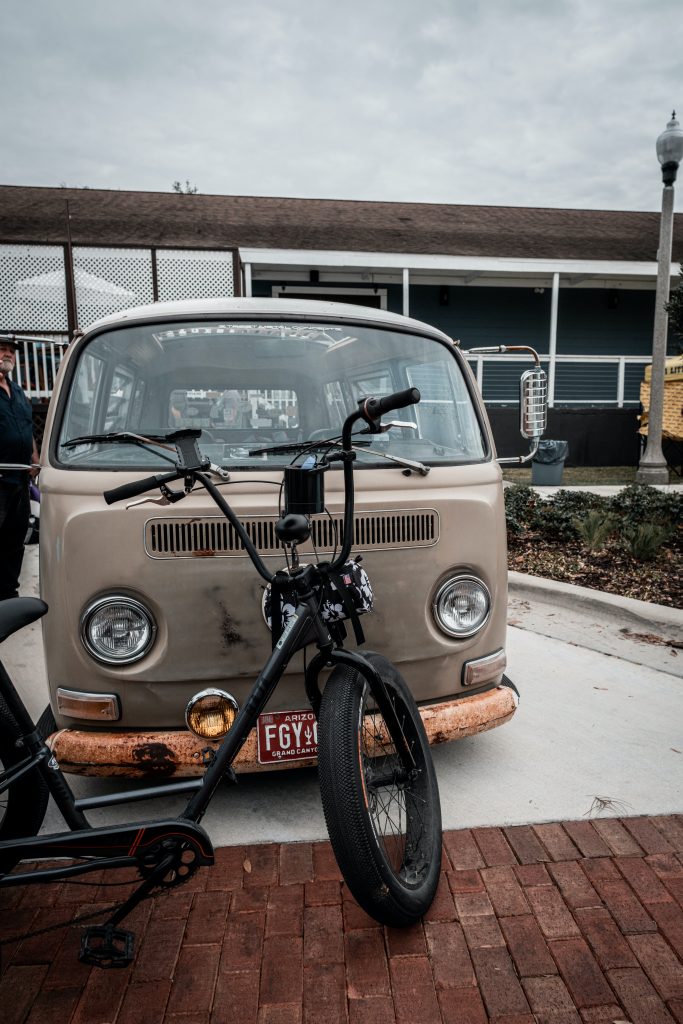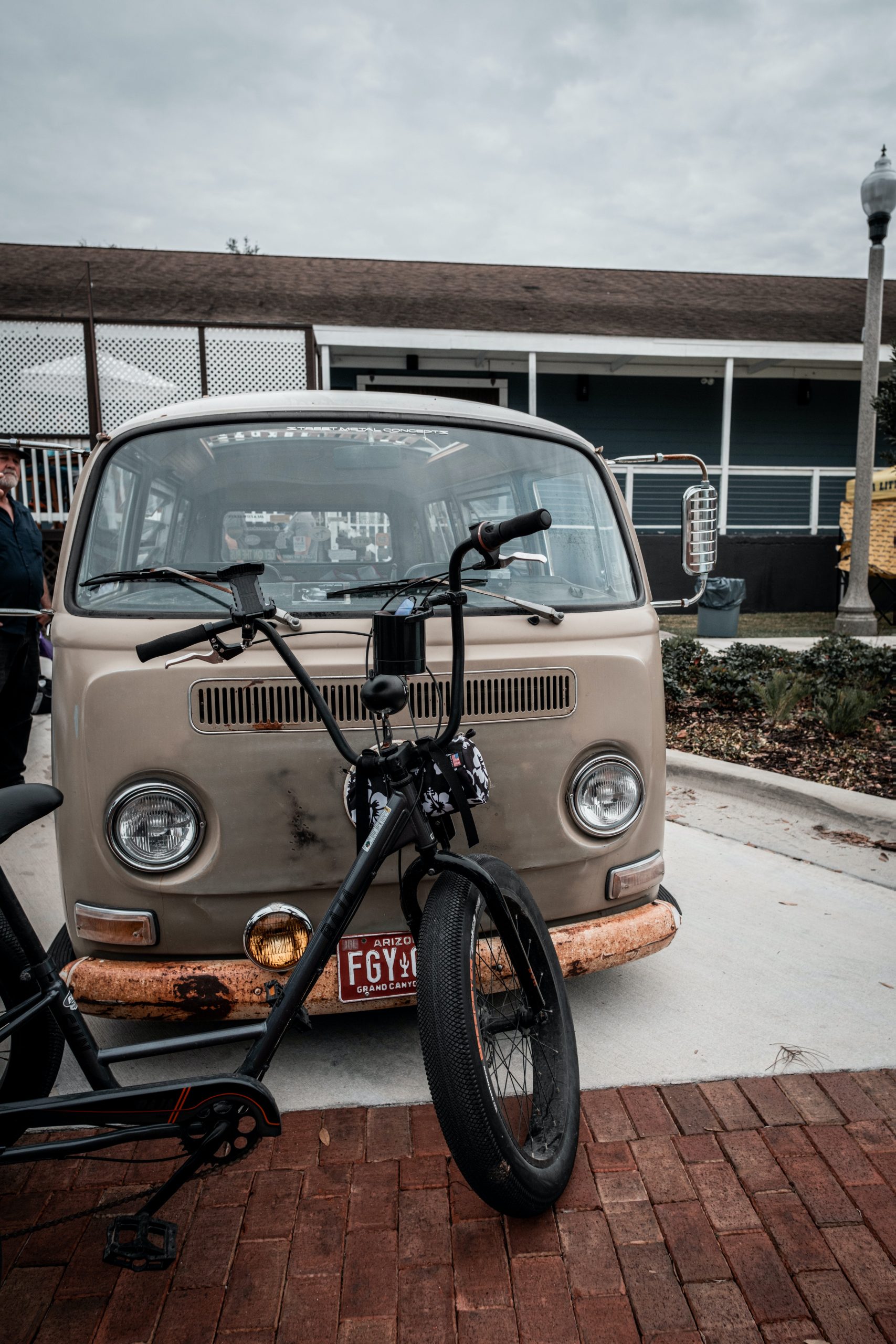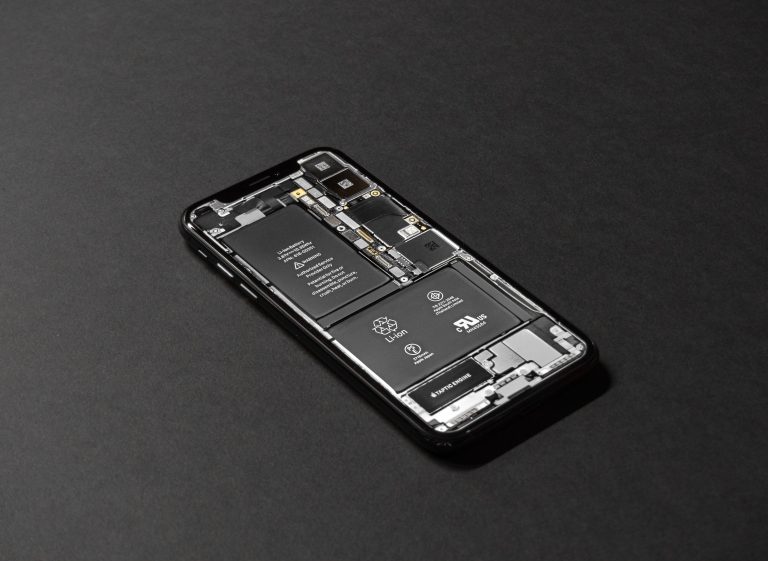Can You Ride Ebike With Power Off?
Imagine cruising through the streets on your sleek electric bike, feeling the wind in your hair and the thrill of the ride. But wait, what if you run out of battery power? Don’t fret! In this article, we will explore the possibility of riding an ebike with the power off. Whether you’re curious about the physics behind it or concerned about getting stranded, we’ve got you covered. So sit back, relax, and join us as we investigate the world of ebike riding without power.
What is an Ebike?
Definition of an Ebike
An ebike, short for electric bike, is a type of bicycle that is equipped with an electric motor and a rechargeable battery. The electric motor assists the rider by providing additional power, making it easier to pedal and allowing for a faster and more enjoyable ride. Ebikes come in various models and styles, but all share the common feature of combining human pedaling with electric assistance.
Components of an Ebike
An ebike consists of several key components, each playing a vital role in its operation. The main components include:
-
Electric Motor: The electric motor is responsible for providing the additional power needed to assist the rider’s pedaling. It is usually located in the rear hub, front hub, or attached to the crankset.
-
Battery: The battery is the power source for the electric motor. It is typically a lithium-ion battery that can be easily removed for charging. The capacity of the battery determines the range and duration of electric assistance.
-
Controller: The controller acts as the brain of the ebike, regulating the power output from the battery to the electric motor based on the rider’s input and settings.
-
Sensors: Ebikes are equipped with various sensors to detect pedaling force, speed, and other factors. These sensors provide feedback to the controller, allowing it to adjust the level of electric assistance accordingly.
-
Display Panel: The display panel is usually located on the handlebars and provides information such as battery level, speed, assist levels, and trip distance.
-
Braking System: Ebikes are equipped with brakes, typically hydraulic or mechanical disc brakes, to ensure safe and efficient stopping power.
Types of Ebikes
There are several types of ebikes available, each designed for specific purposes and riding styles:
-
City/Cruiser Ebikes: These ebikes are designed for urban commuting and leisurely rides. They often feature a comfortable upright riding position, fenders, lights, and racks for carrying belongings.
-
Mountain Ebikes: Mountain ebikes are built with robust frames and suspension systems to handle rugged terrains and trails. They are equipped with powerful motors and larger batteries to provide ample assistance during uphill climbs and challenging descents.
-
Folding Ebikes: Folding ebikes are compact and can be easily folded for storage or transportation. They are ideal for commuters who need to combine cycling with other modes of transportation, such as trains or buses.
-
Road Ebikes: Road ebikes are designed for high-speed rides on paved roads. They have a more aerodynamic frame and narrower tires compared to other types of ebikes.
Riding an Ebike with Power Off
Understanding Ebike Power Systems
Ebikes are equipped with power systems that offer various levels of electric assistance. These power systems usually consist of multiple modes, such as eco, normal, and high assist, allowing riders to choose the level of assistance they desire. When the power is turned off, the ebike operates solely on human pedal power, similar to a regular bicycle.
Can You Ride an Ebike with the Power Off?
Yes, it is absolutely possible to ride an ebike with the power off. When the power is turned off, the electric motor is disengaged, and the bike functions like a traditional bicycle. You can continue to pedal and ride the ebike as you would with any regular bike, albeit with a slightly heavier weight due to the presence of the motor and battery.
Physical Effort Required
Riding an ebike without the assistance of the electric motor requires more physical effort compared to riding with power. You will need to rely solely on your leg muscles to propel the bike forward, especially during uphill climbs and against strong headwinds. However, the effort required can be adjusted depending on the gear ratio and your desired level of exertion.
Potential Risks and Limitations
While riding an ebike with the power off is generally safe and similar to riding a regular bicycle, there are a few risks and limitations to consider:
-
Weight: Ebikes are generally heavier due to the added weight of the electric motor and battery. This can make handling and maneuvering the bike slightly more challenging, especially at slower speeds or when navigating tight turns.
-
Limited Range: Without the electric assistance, the range of your ride may be limited by your endurance and physical fitness. You will need to rely solely on your own energy to cover the desired distance.
-
Reduced Speed: Riding without electric assistance means you won’t be able to achieve the higher speeds typically attainable with an ebike. However, this can also be seen as an opportunity to enjoy a more leisurely and relaxed ride.

Benefits of Riding an Ebike with Power Off
Improved Physical Fitness
One of the major benefits of riding an ebike with the power off is the opportunity to improve your physical fitness. By relying solely on your own pedaling power, you will engage your leg muscles and cardiovascular system, providing a great exercise for your body. This can help improve your stamina, strength, and overall fitness level.
Better Engagement with the Bike
When riding an ebike with the power off, you will have a greater sense of connection and engagement with the bike. Without the electric assistance, you become fully responsible for propelling the bike forward, allowing you to feel the full effect of your effort. This can enhance your overall riding experience and provide a deeper connection with the cycling process.
Enhanced Skills and Control
Riding without electric assistance requires more skill and control, particularly when navigating challenging terrains or obstacles. By riding an ebike with the power off, you will have the opportunity to improve your bike handling skills, balance, and technique. This can make you a more confident and proficient cyclist, enhancing your overall riding abilities.
Tips for Riding an Ebike with Power Off
Choose Suitable Terrain
When riding an ebike with the power off, it is important to choose suitable terrain that matches your fitness level and riding abilities. Opt for flat or gently rolling terrain to begin with, gradually increasing the difficulty as your fitness improves. Avoid steep hills and challenging trails until you feel comfortable and confident with your physical abilities.
Adjust Your Riding Style
Riding without electric assistance requires a slightly different riding style compared to riding with power. Focus on maintaining a steady and efficient pedal stroke, using a cadence that feels comfortable for you. Experiment with different gear ratios to find the optimal balance between speed and effort. Remember to use your gears appropriately to maintain a comfortable and sustainable pace.
Keep Your Batteries Charged
Even if you plan on riding your ebike with the power off, it is essential to keep your batteries charged. Riding with a fully charged battery ensures that you have the option to turn on the electric assistance if needed, especially during longer rides or when faced with unexpected challenges. Regularly charge your battery to maintain its overall health and longevity.
Carry Proper Safety Gear
Just like riding any other bicycle, it is crucial to wear proper safety gear when riding an ebike with the power off. Wear a well-fitting helmet to protect your head in case of a fall or accident. Additionally, consider wearing reflective clothing and using lights to enhance your visibility, especially when riding during low-light conditions or at night.

Legal Considerations
Local Regulations and Laws
It is important to familiarize yourself with your local regulations and laws regarding the use of ebikes. Different regions may have specific rules regarding the use of electric assistance and where ebikes can be ridden. Some areas classify ebikes differently based on their maximum speed or power output, and additional requirements such as age restrictions or licensing may apply.
Electric Bike Classifications
Ebikes are often classified into different categories based on their power output and maximum speed. These classifications vary by country, but they generally distinguish between pedal-assist ebikes (often limited to a certain speed) and throttle-powered ebikes (which can reach higher speeds without pedaling). Understanding the classification of your ebike can help ensure that you are riding within the legal parameters of your region.
Maintenance and Care
Regular Maintenance for Ebikes
Like any bicycle, ebikes require regular maintenance to ensure their optimal performance and longevity. Some common maintenance tasks for ebikes include:
- Keeping the drivetrain clean and well-lubricated
- Regularly checking tire pressure and tread wear
- Inspecting and adjusting brakes
- Cleaning and charging the battery according to manufacturer instructions
- Checking and adjusting the suspension if applicable
- Periodically inspecting cables and cable housings for wear or damage
Maintenance Tips for Riding with Power Off
When riding an ebike with the power off, there are a few additional maintenance tips to keep in mind:
- Clean and lubricate the chain more frequently, as it will experience more wear due to the increased reliance on human pedaling.
- Inspect the battery connections regularly to ensure a secure and reliable connection.
- Store your ebike in a cool and dry place to prevent any damage to the battery or electrical components.
- If you encounter any issues or unusual noises while riding with the power off, consult your ebike manufacturer or a professional bike shop for assistance.

Battery Life and Range
Factors Affecting Battery Life
The battery life of an ebike can vary depending on several factors:
-
Terrain: Riding on hilly terrain or steep inclines requires more power from the battery, resulting in shorter battery life.
-
Rider’s Weight: Heavier riders may experience a shorter battery life due to the increased power required to propel the bike forward.
-
Riding Style: Aggressive and fast riding styles, which demand more assistance from the electric motor, can deplete the battery faster.
-
Assist Level: Higher assist levels consume more battery power compared to lower levels.
-
Weather Conditions: Extreme temperatures, both hot and cold, can impact battery performance and reduce overall battery life.
Range Estimation for Power Off Riding
When riding an ebike with the power off, the range estimation can be challenging as it depends on your physical fitness and riding conditions. However, a rough estimate can be made by considering factors such as your average speed, terrain difficulty, and the battery’s capacity. It is always recommended to carry an extra battery or have a charging plan in case you run out of power unexpectedly.
Tips to Prolong Battery Life
To maximize the battery life of your ebike, consider the following tips:
-
Avoid extreme temperature conditions by storing and charging your battery in a cool and dry environment.
-
Use lower assist levels when possible to conserve battery power, especially during flat or slightly inclined terrain.
-
Plan your route strategically to minimize excessive uphill climbs or challenging terrains that require high electric assistance.
-
Avoid fully draining the battery before recharging. Regularly top up the battery to maintain its overall health and prolong its lifespan.
-
Follow the manufacturer’s instructions for battery maintenance and charging cycles.
Common Myths Debunked
Ebikes Are Just Motorized Vehicles
Contrary to popular belief, ebikes are not simply motorized vehicles. While they do have an electric motor that provides assistance, ebikes still require human pedaling to operate. The electric motor is designed to augment the rider’s efforts, not replace them entirely. The level of assistance can be adjusted or turned off completely, allowing the rider to rely solely on their own pedaling power.
Riding with Power Off is Impossible
Another misconception is that riding an ebike with the power off is impossible or excessively difficult. In reality, riding an ebike without electric assistance is similar to riding a regular bicycle. While it may require more effort, especially on uphill climbs, it is entirely feasible and offers a great exercise opportunity for those seeking a more physical workout.
Ebikes Always Require Pedaling
While ebikes are designed to assist the rider’s pedaling efforts, they are not solely reliant on pedaling. Most ebikes are equipped with a throttle, allowing the rider to engage the electric motor without pedaling. However, it is important to note that throttle-powered ebikes may be subject to different regulations and classifications depending on your region.

Conclusion
Riding an ebike with the power off provides a unique experience that allows you to fully engage with the bike and enhance your physical fitness. It is entirely possible to ride an ebike without electric assistance, providing a more challenging and rewarding cycling experience. By following proper maintenance, considering legal regulations, and adjusting your riding style, you can enjoy the benefits of riding an ebike with the power off while still having the option for electric assistance when needed. Ultimately, it is a personal choice that depends on your preferences and desired level of physical engagement. So, hop on your ebike and ride with power off to explore the joy and freedom of human-powered cycling.







